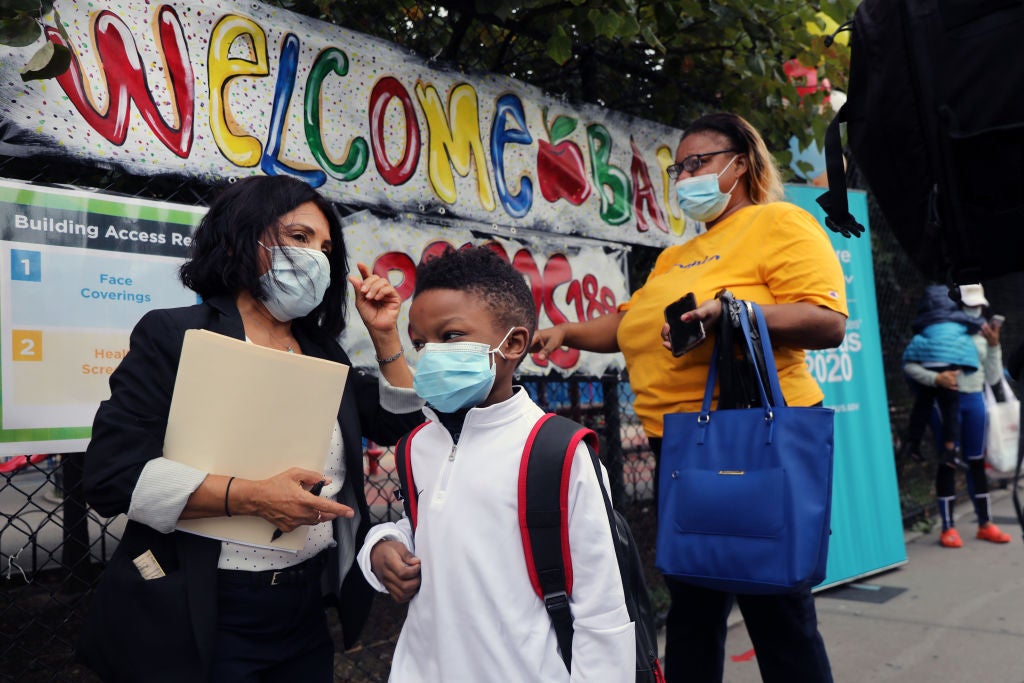1954's Brown v. Brown of Education decision may have made state laws intentionally separating students of different races by school unconstitutional, but gentrification and other economic factors have kept segregation going. As NPR reports, while the entirety of America’s student makeup is more diverse than ever, segregation is still prevalent in 2022.
Suggested Reading
The U.S. Government Accountability Office (GAO) released a comprehensive report showing that 18.5 million attended a predominantly same-race/ethnicity school during the 2020-21 school year. 14% of students attended schools where almost all of the student body was of a single race/ethnicity.
Director of K-12 education at the GAO and lead author of the report, Jackie Nowicki, stressed that racial division in schools happens because minority students have fewer resources.
“There is clearly still racial division in schools,” says Nowicki. She adds that schools with large proportions of Hispanic, Black and American Indian/Alaska Native students – minority groups with higher rates of poverty than white and Asian American students – are also increasing. “What that means is you have large portions of minority children not only attending essentially segregated schools, but schools that have less resources available to them.”
When we think of segregated schools, many will look back to the Jim Crow era of the South. However, the highest percentage of schools serving a predominantly single-race/ethnicity student population occurs in the Northeast and the Midwest. Particular schools like traditional public, charter, and magnet schools are not immune to segregation.
School segregation has “always been a whole-country issue,” says U.S. Rep. Bobby Scott, D-Va., who heads the House education and labor committee. He commissioned both the 2016 and 2022 reports. “The details of the strategies may be different, but during the ‘60s and ‘70s, when the desegregation cases were at their height, cases were all over the country.”
70% of U.S. students attend their neighborhood public schools, but redlining practices and what the GAO names as district secession, where municipalities remove themselves from a larger district to form their own smaller school districts, are also significant factors. NPR notes that white and Asian American students make up most of the student makeup in new districts while they have fewer students eligible for free or reduced-price lunch. This is why the expired free lunch program for poverty-stricken students is crucial to shortening that gap.
“In the ten years that we looked at district secessions, we found that, overwhelmingly, those new districts were generally whiter, wealthier than the remaining districts,” Nowicki says.
Straight From 
Sign up for our free daily newsletter.



